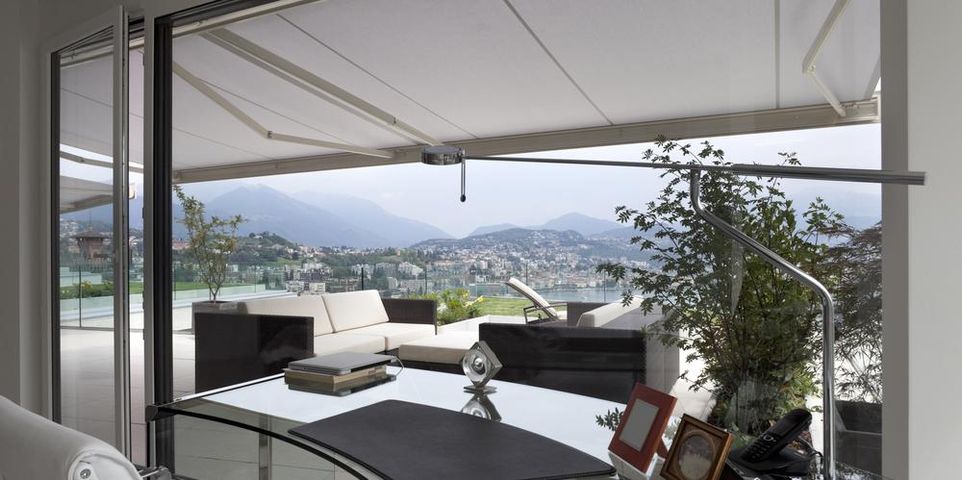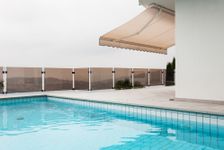
In Hawaii, the sunshine is always in season, and shade is a welcome treat on especially hot days. So if you love spending time outside around the house, you’ll need a place to recover from the UV rays after having your fill, like the cool shade of a convenient awning. Window Trends in Kalaheo, HI, offers a wide variety of outdoor awnings, so they know choosing a material can be a challenge. To make your decision easier, they offer the following pros and cons.
A Guide to the Top 3 Awning Materials
1. Vinyl
Often considered the reigning standard of awning materials, laminated vinyl is durable and waterproof. Coated vinyl is a bit more resilient as well as stain-resistant. If you live right by the ocean, however, vinyl may not be the best choice for your home since high winds can rip it apart. Aside from that, the material is strong and low-maintenance, and it can reasonably last a decade or more.
2. Coated Cotton
 Cotton is the most natural and tropical-looking since it doesn’t have as much of a plastic appearance. In addition to repelling UV rays, coated cotton is also fire- and water-resistant. However, keep in mind these awnings only last for three to five years and they deteriorate faster in humid climates.
Cotton is the most natural and tropical-looking since it doesn’t have as much of a plastic appearance. In addition to repelling UV rays, coated cotton is also fire- and water-resistant. However, keep in mind these awnings only last for three to five years and they deteriorate faster in humid climates.
3. Acrylic
Acrylic is the strongest awning material. No matter what fabric you prefer, you can have it coated with acrylic for maximum strength. In addition to curbing mold growth and UV ray exposure, acrylic’s water resistance makes it highly effective in humid climates. The only downsides are its heaviness and that it expands and contracts with temperature fluctuations.
Whichever fabric you prefer, Window Trends will have you soaking up the shade in the comfort of your yard or lanai in no time. For over 35 years, they’ve proudly offered a wide selection of awnings and window treatments like blinds, shutters, and drapes. Visit the website to learn more about their products, and call (808) 332-9844 today to schedule a free onsite consultation.
About the Business
Have a question? Ask the experts!
Send your question

